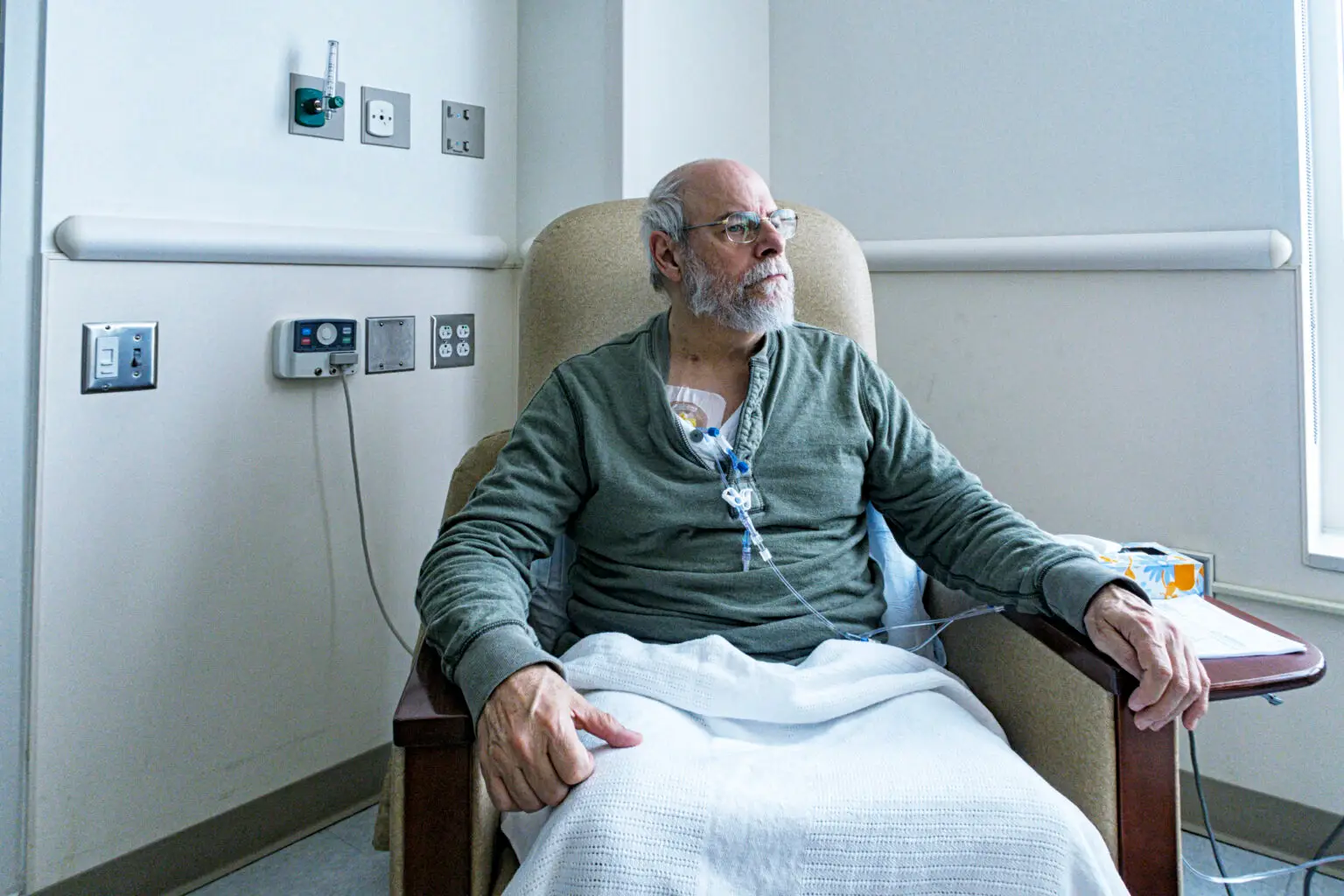Embarking on chemotherapy often brings a series of challenges, but understanding and choosing to use a chemotherapy port can transform your treatment experience. A chemotherapy port, or port-a-cath, is a small medical device implanted under the skin, usually in the upper chest, that facilitates the administration of chemotherapy drugs without the need for repetitive needle sticks. This semi-permanent solution connects through a tube to a major vein, allowing for a smoother, less painful treatment process that can last for the duration of your chemotherapy, potentially extending for several years.
Why consider a chemotherapy port?
If your treatment involves frequent sessions, a port can significantly reduce the discomfort associated with continuous IV access, which is especially beneficial if you have small or fragile veins. By opting for a port, you can avoid the vein damage typically caused by repeated needle insertions and ensure a more comfortable and bearable chemotherapy regimen.
What is having a port like?
A chemotherapy port offers substantial advantages beyond mere physical comfort. It minimizes the risk of vein irritation and potential injury from traditional IV methods. Once the port is healed, it remains discreetly under the skin, not interfering with daily activities—you can swim, bathe, and engage in physical activities with minimal risk of infection or displacement. The presence of a port is typically unnoticeable and will not trigger metal detectors. However, avoiding activities that might impact the port area directly, such as contact sports is important.
How do I take care of my port?
The procedure to place a port is generally quick and performed under local anesthesia, allowing you to return home on the same day with only minor post-procedure discomfort. Regular medical check-ups are essential to monitor the port’s function and to ensure it remains free from infection. Effective port care is crucial for preventing infections and ensuring the device functions properly. Regular cleaning and flushing of the port by healthcare professionals help maintain its efficacy and safety. Being vigilant for signs of infection, such as redness, pain, or fever, and reporting them promptly to your healthcare provider is vital for your health and the longevity of the port.
A chemotherapy port can significantly enhance your quality of life during treatment by reducing discomfort and protecting your veins. It’s a discreet, safe, and reliable way to receive your treatments, allowing you to maintain your daily activities with minimal interruption.
——————————————–
Take charge of your chemotherapy experience with the Outcomes4Me app. Not only can you manage your treatment plan and track your health, but you also have the unique opportunity to ask questions directly to oncology nurses. Get the support you need and make informed decisions with confidence. Download the Outcomes4Me app now and start navigating your treatment with expert care right from your phone!



